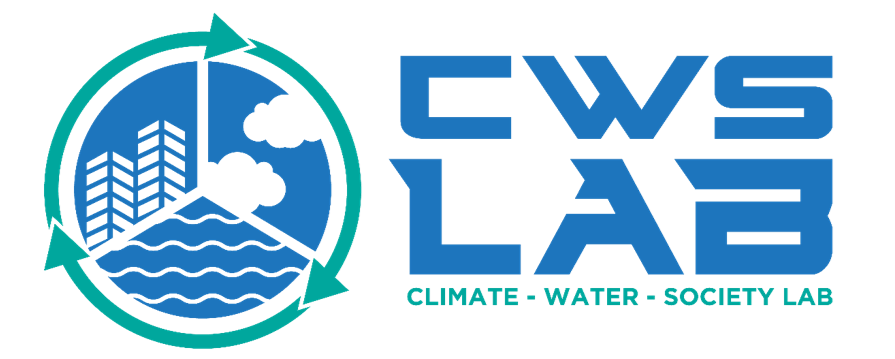| Course | Description | Resources |
GSEI 2070Spr. 2025 | Introduction to Environmental Informatics
A sophomore-level course is open to undergraduate students in geospatial and environmental informatics (GSEI), natural resource management, forestry, agricultural, crop, and environmental sciences, geoscience, civil engineering, biosystem engineering- related fields. This course will provide hands-on experience applying information science to environmental data management. The characteristics of spatial, temporal, and complex environmental systems will be presented. Environmental data science in natural resource management and decision-making will be discussed. Students will gain expertise in collecting, collating, archiving, modeling, analyzing, visualizing, and communicating information in natural resource management.
| |
| GSEI 5360/6360 Fall 2024 | Environmental Modeling This senior-level course is open to undergraduate and incoming graduate students in geospatial and environmental informatics (GSEI), natural resource management, forestry, agricultural, crop and environmental sciences, geoscience, civil engineering, biosystem engineering, and other related disciplines. A model is an abstract numerical representation of a system or process helpful in defining problems and concepts, analyzing data, predicting system responses, and testing hypotheses about system structure and function. This course introduces the fundamental concepts, strategies, methods, or techniques of environmental systems modeling and simulation. In this course, you will learn how to build models of environmental systems such as ecological, climatic, hydrologic, geochemical, and human systems, explore the basic concepts of systems modeling and use models to test hypotheses and assumptions, evaluate system behavior, and predict changes in system behavior under different scenarios. Prior experience with computer-based simulation models is not required. However, a basic understanding of mathematical and biophysical principles is required. | |
| GSEI 7200 Spring 23 | Land and Climate Interactions This is an advanced graduate‐level course designed to teach the modeling of land surface processes and study its impact on local, regional, and global climate. The land surface is an important component of the Earth’s climate system. The land surface interacts with the overlying atmosphere through exchanges of carbon, water, and energy fluxes. Human modifications of the landscape, e.g. land use land cover change, and urbanization affect regional and local climate. Further, memory stored in the land surface provides an important source for climate and hydrological predictability at sub‐seasonal to seasonal time scales. The goal of this course is to provide foundational knowledge of land processes that include hydrological, ecosystem, and boundary layer processes and hands‐on experience in modeling of land processes in global/regional climate models. Students will learn about the basic physical principles, mathematical concepts, model parameterizations, and their applications in land‐atmosphere interaction studies. |
